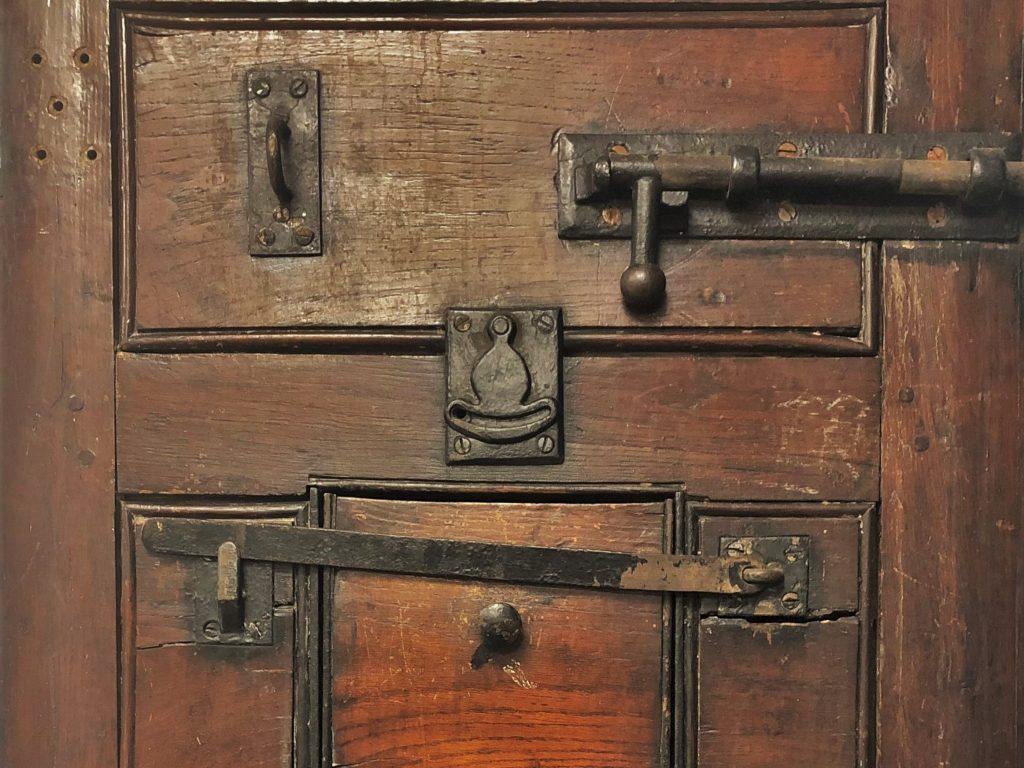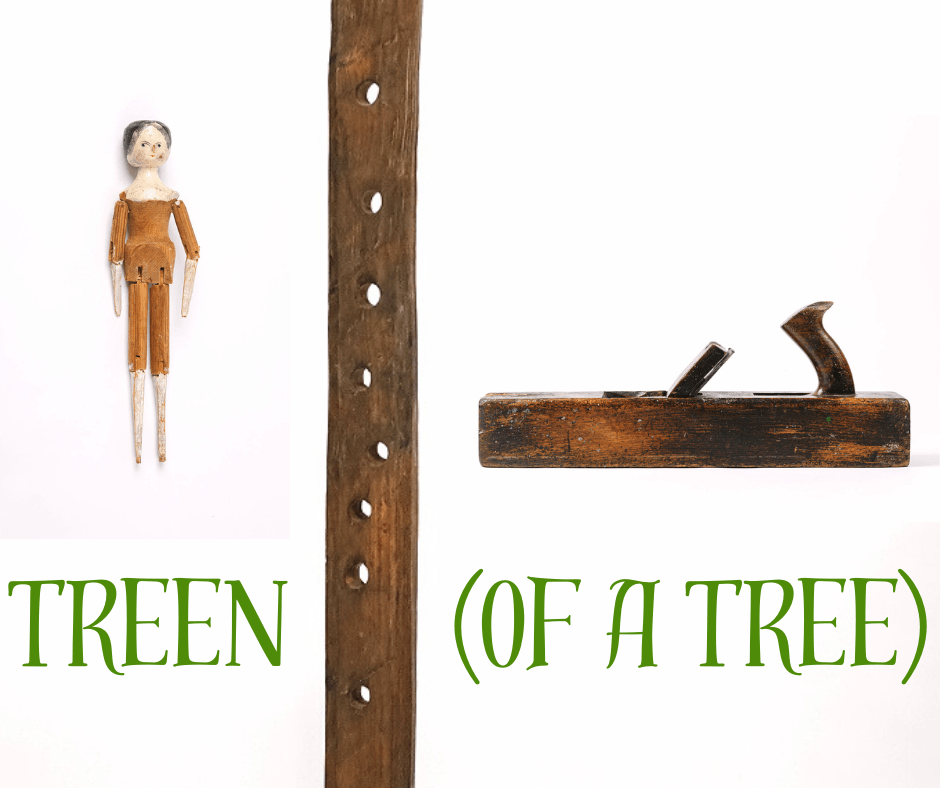In this post we are talking about all things Doors, so ‘break on through to the other side’ and get a sneak peek of some interesting objects from the collection store…
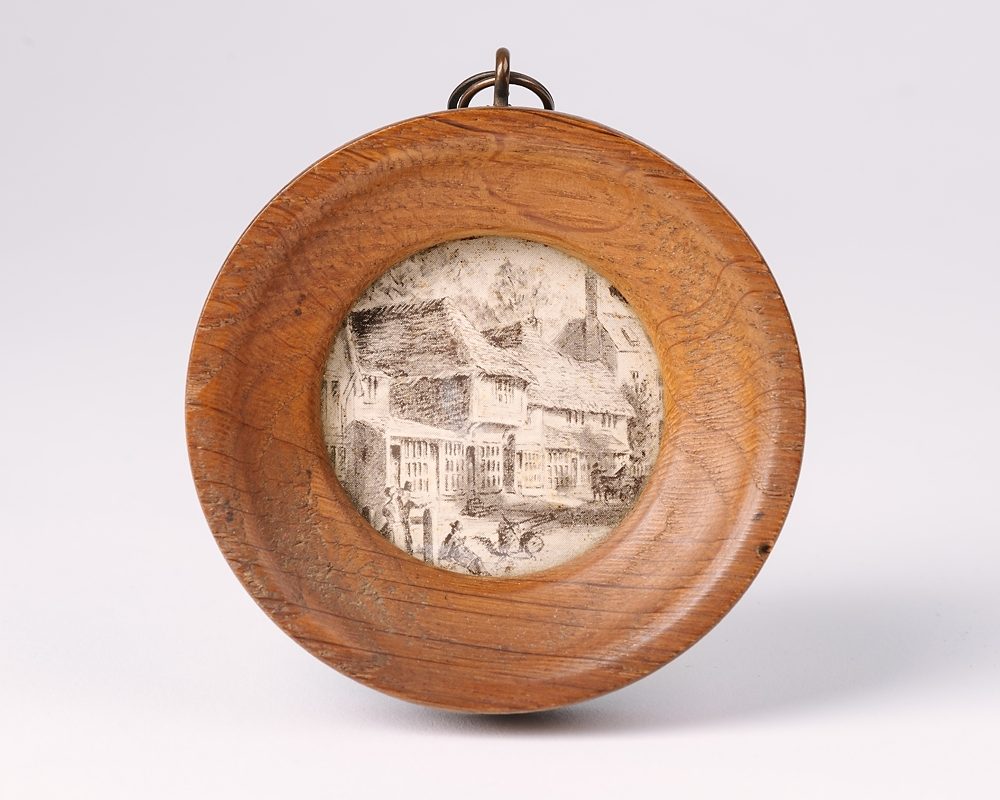
Miniature picture frame
A quaint souvenir of Sevenoaks past, made from a piece of the oak door sill from 90 High Street. The frame surrounds an illustration of a house at 34 High Street as it was in 1840.
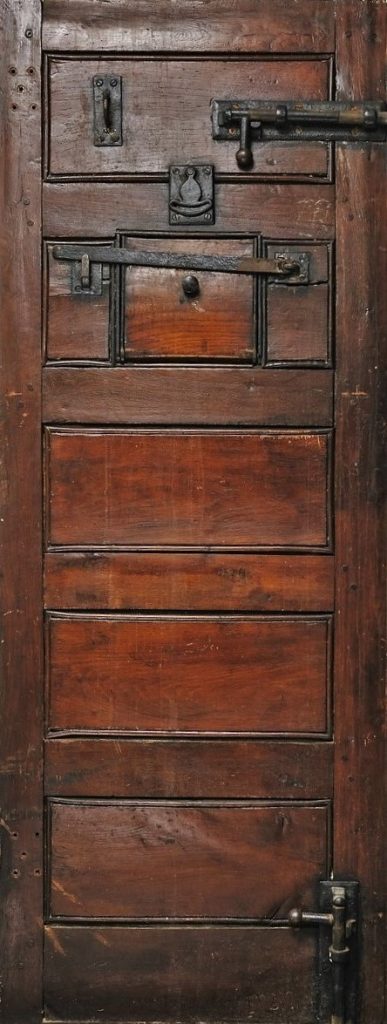
Cell door from the old police station
Made from solid wood with large iron bolts, a hatch, and a peephole.
The police station was built in 1864 on the High Street, towards Sevenoaks Vine. At the time the local force was one superintendent and six officers. The building incorporated jail cells and a magistrate’s court. A replacement police station was built in the 1970s and the old building has since been converted into residential accommodation.
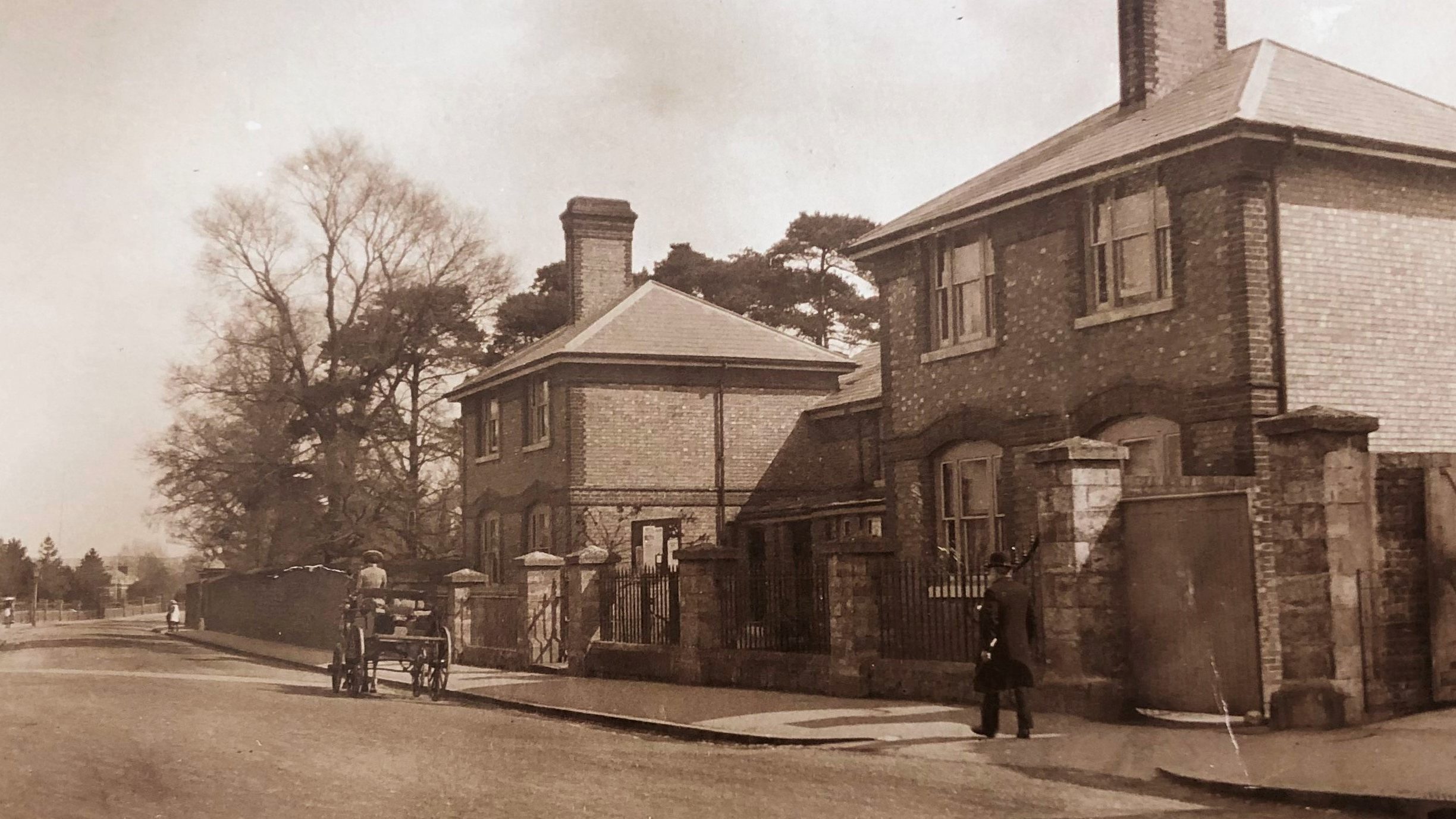
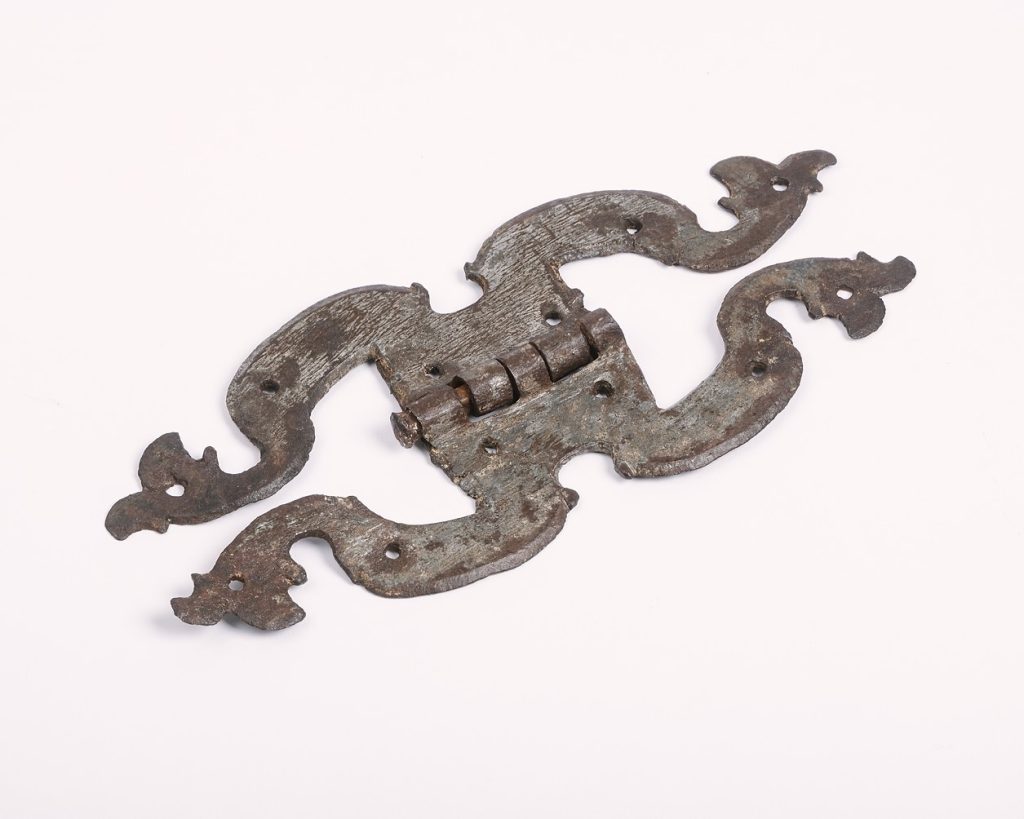
Door hinge from a house in Sevenoaks
Made in the 17th century, this large iron door hinge is an ornate reminder of metalwork craftsmanship from a time before mass production.
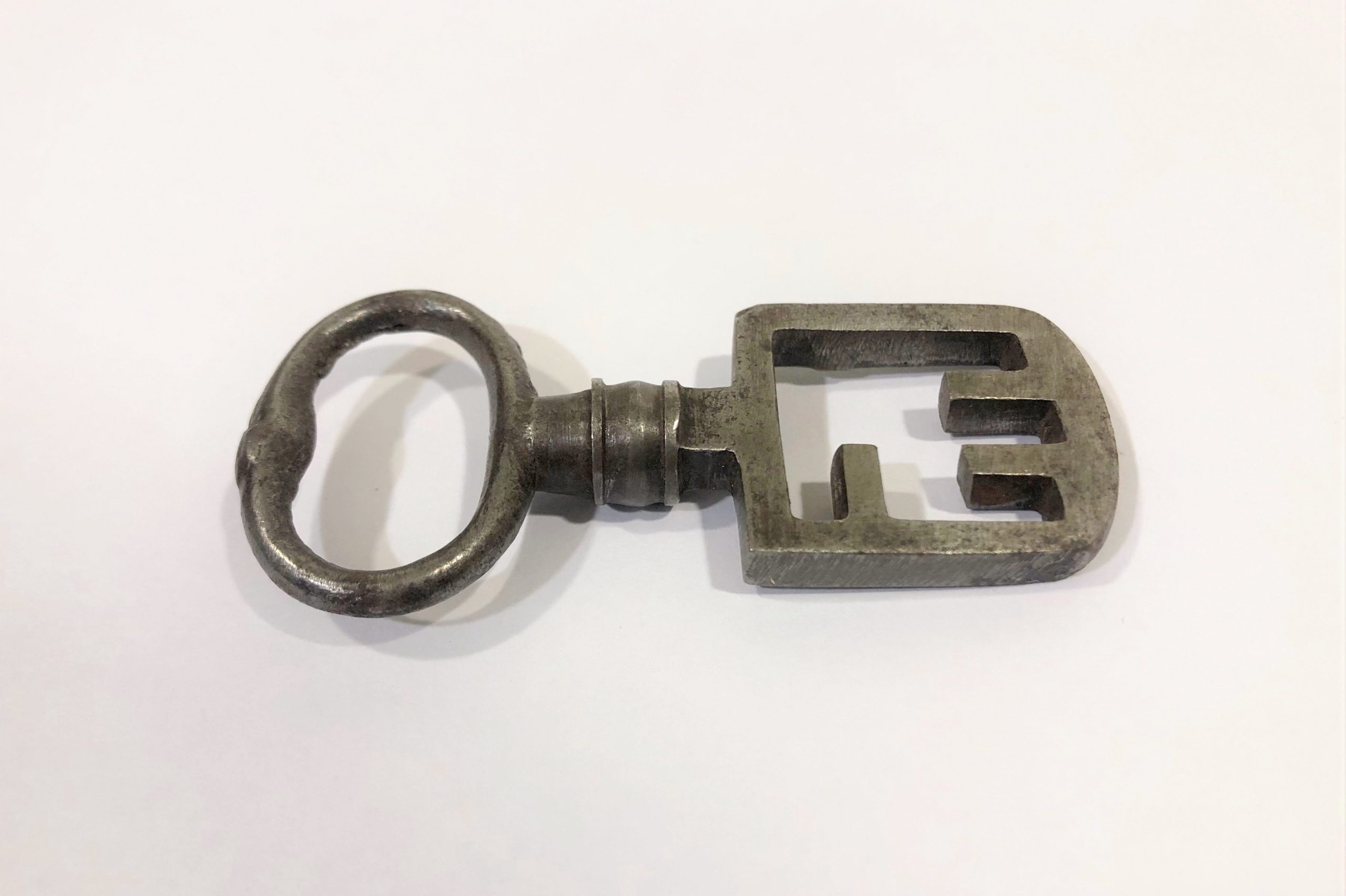
Door key from 130 High Street
Named after its inventor, this key is known as an Odell or French latch lifter key. It would be inserted into a horizontal slot, and then lifted vertically to open the door.
This type of key was not invented until the late 1700s, but the house at 130 High Street in Sevenoaks dates back to the 1600s. The ground level was converted into a shop front in the Victorian era.
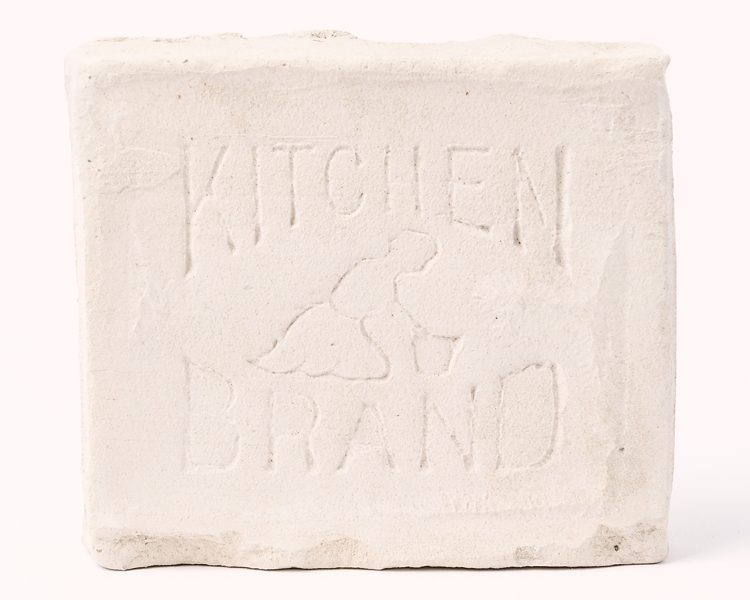
Kitchen Brand scouring stone
These abrasive blocks were mainly used for scrubbing floors, which is why the engraved logo depicts a woman kneeling by a bucket.
This scouring stone was purchased in the 1960s by a woman who lived at 37 Argyle Road, Sevenoaks. It was intended for whitening the front doorstep. When skilfully applied, the dried residue would create a nice white finish on the edge of stone steps.
A clean doorstep was a matter of pride amongst working class women, as an outward sign of good housekeeping.
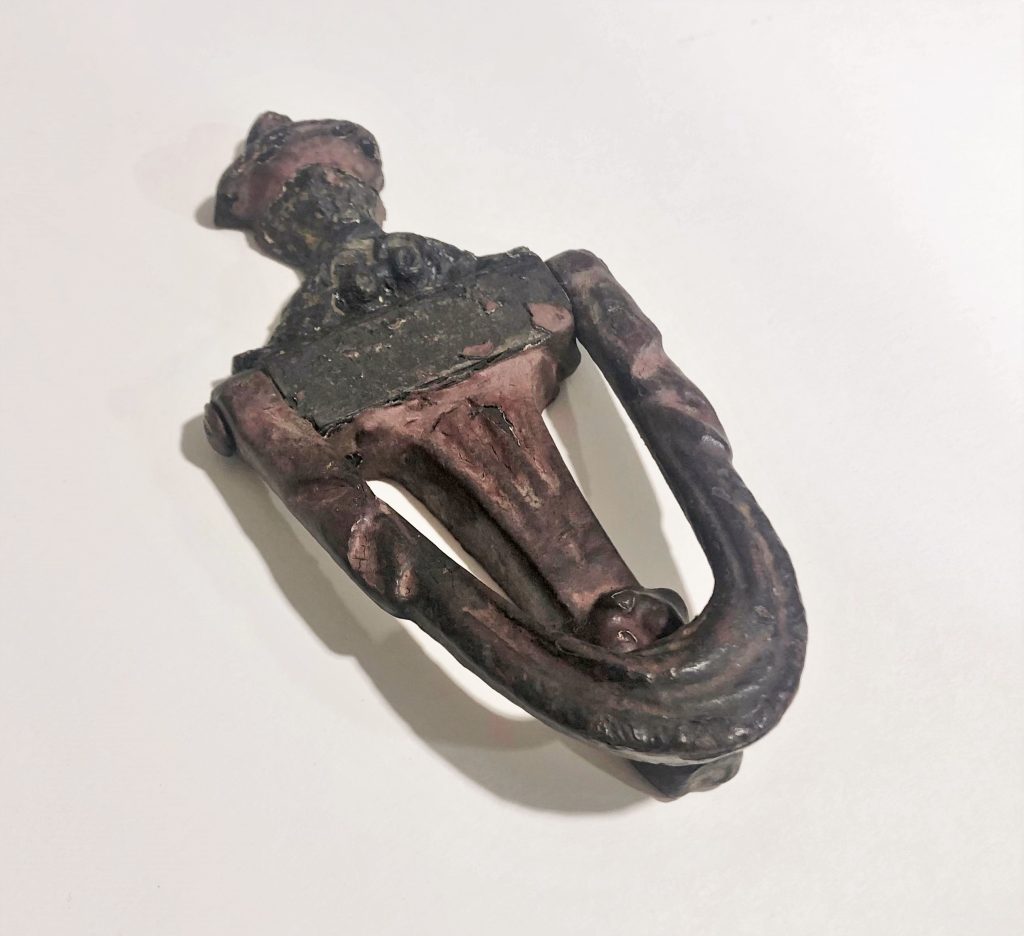
Door knocker from Pond Cottages
This cast iron door knocker has been painted over several times, but you can still make out the classical urn and drapery design. The small terrace of wooden clad buildings from which it came were typical of those built in Sevenoaks in the 18th century.
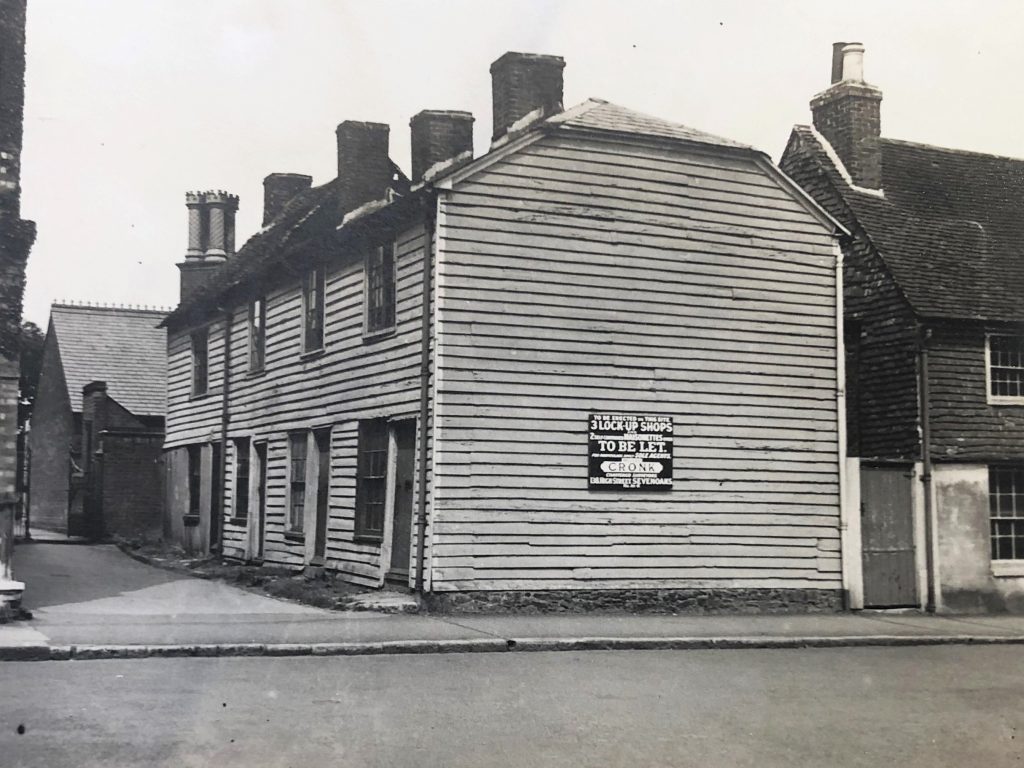
In the photograph, advertised for let on a Cronk estate agents sign are 3 lock up shops and 2 maisonettes, yet to be built. The cottages were demolished soon after this was taken.
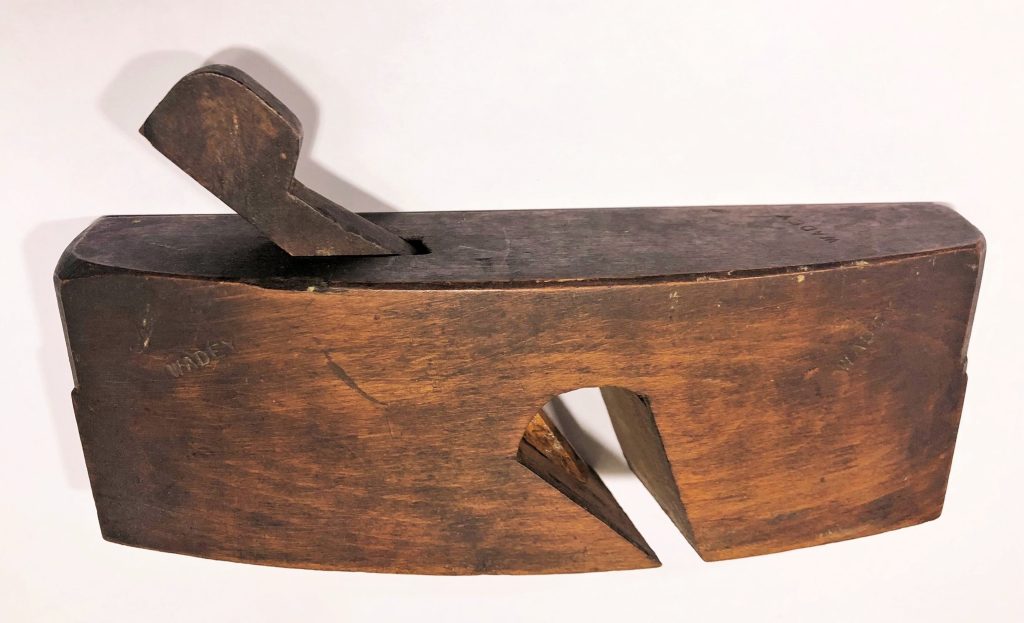
Rebate plane
Made in the 19th century, this tool was used by a Sevenoaks carpenter for cutting grooves, or ‘rebates’, in the making of wooden doors. A blade would be fixed in behind the lever at the top, protruding just a millimetre from the cutting side at the bottom.
The history of these woodworking tools goes back at least 700 years.
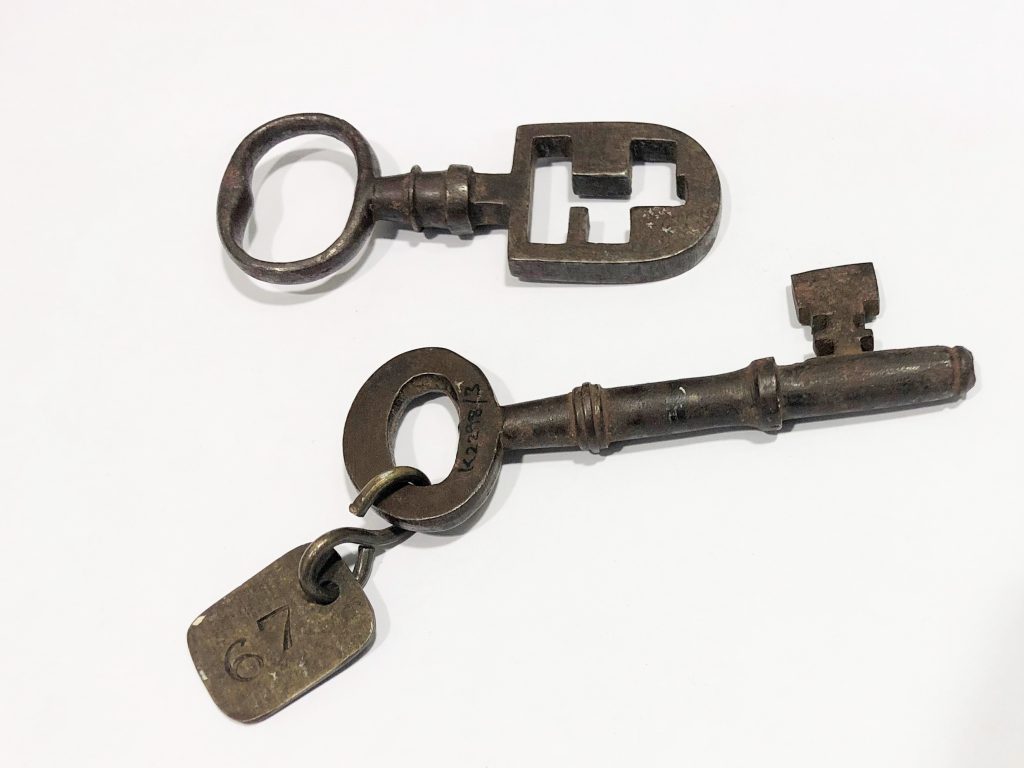
Keys from the Royal Crown Hotel
In 1820 the Crown hotel replaced a 17th century inn of the same name, then it was renamed the Royal Crown Hotel around 1890. At one time a thriving establishment, the hotel hosted banquets, balls and auctions. It was sadly closed and demolished in 1935 following the Great Depression.
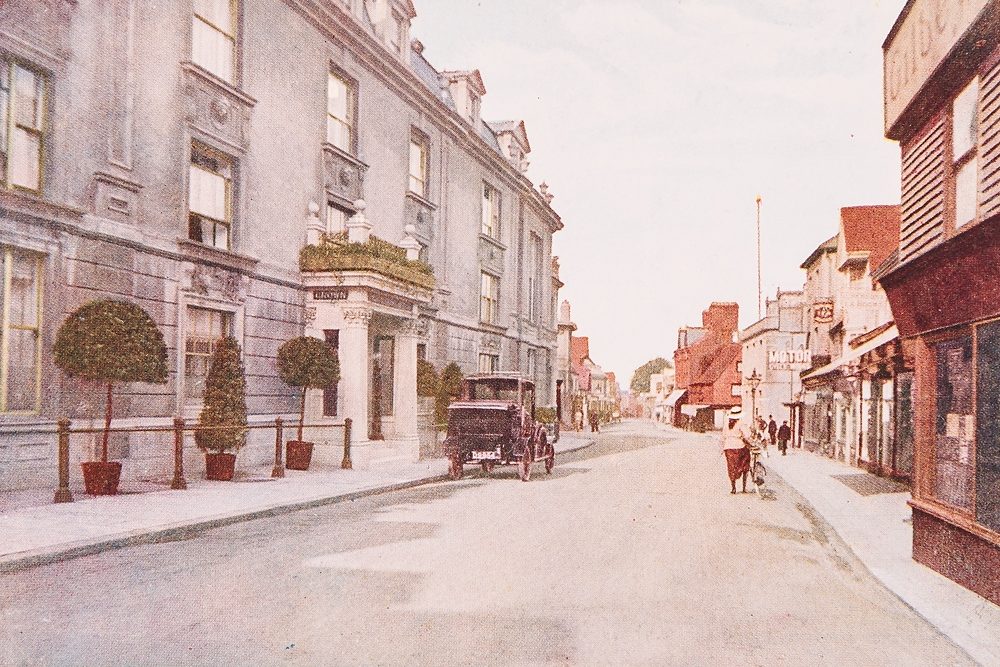
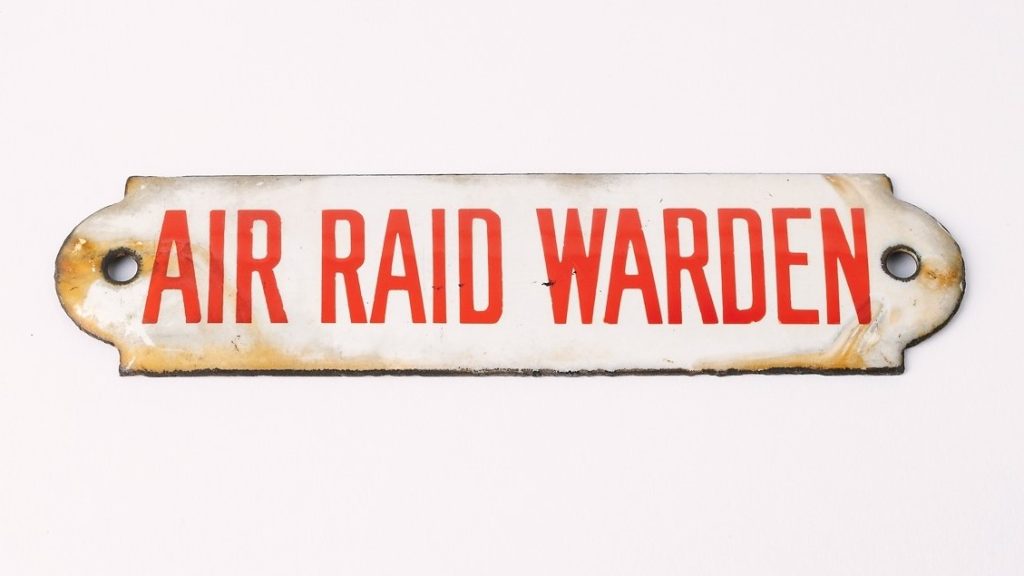
Air Raid Warden plaque
This enamelled metal sign was on the door of the ARP warden at Hosey Hill in Westerham during the Second World War. Warden duties included helping people to shelters, supervising blackouts, directing emergency services and handing out gas masks.
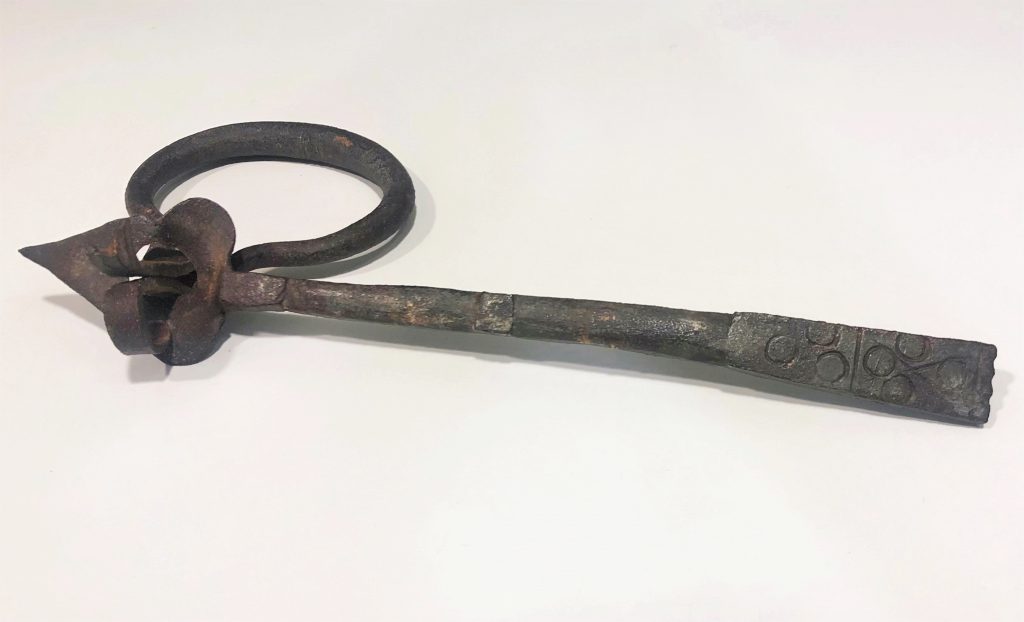
Door latch from Knole House
Knole House was originally built in 1456 and modified in the 1600s. We do not know which of the 300 plus rooms at Knole this object originates from.
In addition to house servants, Knole had its own tradespeople including blacksmiths, so this latch was likely made on site. The detailed shape and patterns show that care was taken to make this functional object a thing of beauty.
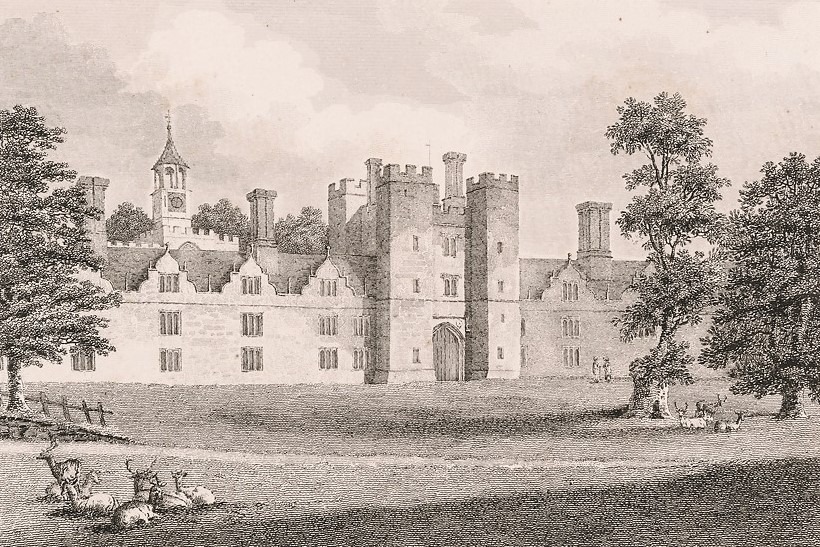
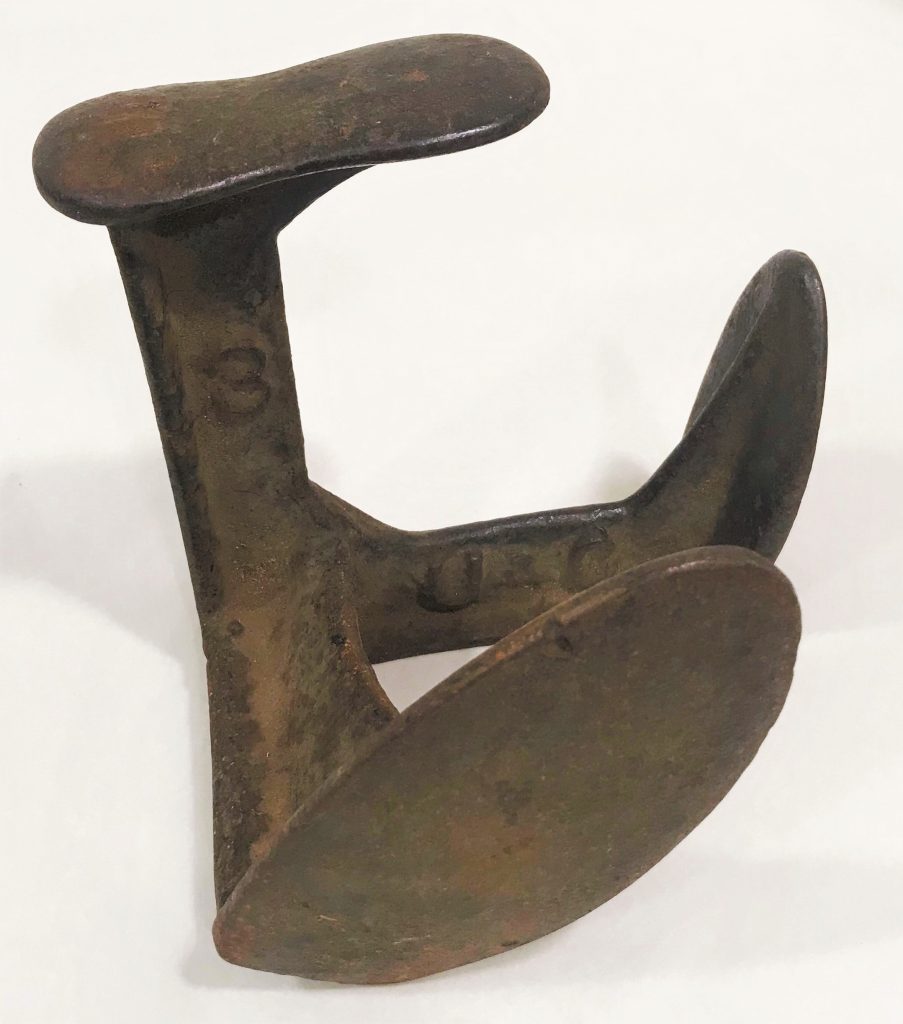
Cobbler’s last
Originally associated with shoe making, these heavy iron objects are more likely to be found being used as door stops today. Lasts needed to be heavy so that they would not move whilst being worked on.
If you can tell us anything more about any of lesser known objects in our collection, we would love to hear from you.
Written by Liz Botterill, Curator

